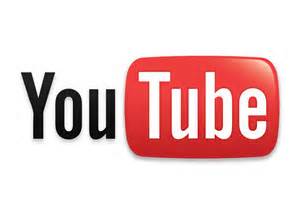Google DSP Offers Ad Frequency Controls Across CTV Apps
Brands get 5% reach per dollar increase

Google is enabling advertisers to control how often viewers see an ad on YouTube and other connected TV apps by using a new feature on its Display & Video 360 platform.
Lower ad frequency is good for viewers who get a smoother viewers experience when they don’t see the same commercial over and over again. Advertisers also avoid a backlash from viewers angry about being overexposed.
More importantly, by limiting frequency, campaign reach can be increased. YouTube said that early results show that on average brands see a 5% reach per dollar increase when managing CDTV ad inventory across YouTube and other CTV apps rather than separately.
Also: YouTube's $8.63 Billion in Q4 Revenue Surpassed Netflix
“At Google, we’re helping advertisers deliver a better CTV viewing experience,” said Marvin Renaud, director, global video solutions, at Google, in a blog post. “With Display & Video 360, you can already control how many ads CTV viewers see across YouTube and YouTube TV apps. Separately, you can also set a frequency goal for ads running across other CTV apps Now, for the first time, you can manage CTV ad frequency across both.”
That’s good for advertisers because “by more evenly distributing CTV ad budgets across viewers, you can get more reach for the same budget,” he said.
Also: YouTube Tops For Generating Brand Recall with Kids, Study Finds
The smarter way to stay on top of broadcasting and cable industry. Sign up below
In order to manage frequency across channels, Display & Video 360 uses Google data on YouTube and the IAB standard identifier for advertising on other CTV inventory.
“To identify overlaps of people who watch both YouTube CTV and shows on other CTV apps, we use Google’s Unique Reach model,” Renaud said. “This method — which uses a combination of data sources like census data, panels and surveys — is based on over a decade of understanding deduplication across devices and environments, and is designed to work in a post-cookie world. Once we’ve modeled that duplication of viewers across YouTube and other CTV apps, we can determine the appropriate budget placement to control average ad frequency.” ■
Jon has been business editor of Broadcasting+Cable since 2010. He focuses on revenue-generating activities, including advertising and distribution, as well as executive intrigue and merger and acquisition activity. Just about any story is fair game, if a dollar sign can make its way into the article. Before B+C, Jon covered the industry for TVWeek, Cable World, Electronic Media, Advertising Age and The New York Post. A native New Yorker, Jon is hiding in plain sight in the suburbs of Chicago.

